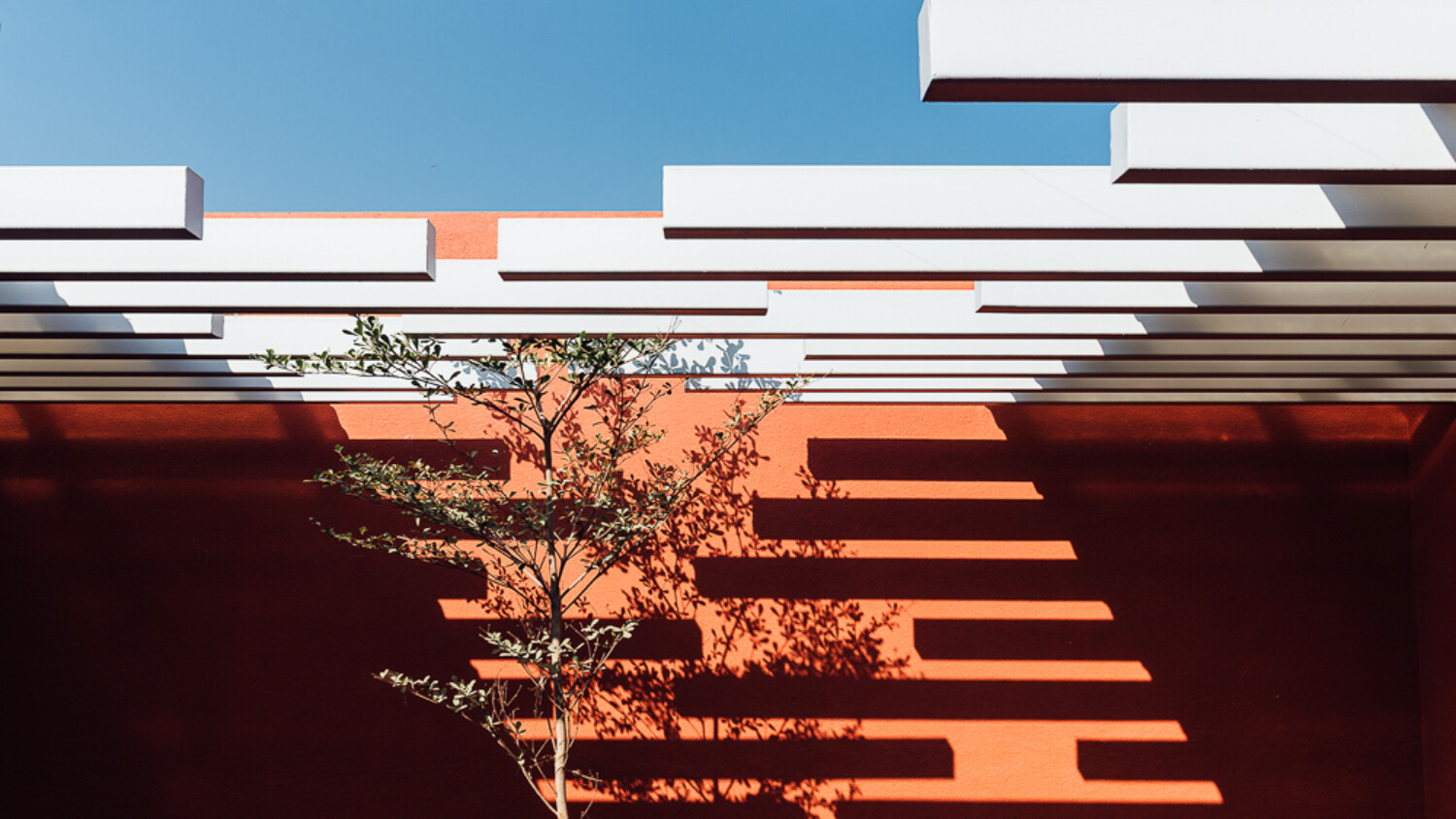The Aphoristic Pursuit Of Architecture And Photography With Ishita Sitwala
Ishita Sitwala is an architectural & interiors photographer from Ahmedabad (Gujarat) in India. Her passion for architecture was borne by her father’s own keen interest in architecture and dissuaded her from following the family’s footsteps of becoming a doctor. Through architecture, photography came as a way of documenting the day to day life. Then through assisting her husband on shoots, came the catalyst in switching tools to pursue photography more formally within architecture.
Hi Ishita, thanks for taking the time for this interview. To get started, why don’t you tell us a little a bit about yourself. You went from studying architecture and practicing as an architect to becoming a photographer.
At the outset, I am humbled and grateful to you Veeral for this interview.
Unlike most people, my professional preference came to me at a very young age of 10. Back then, nobody my age even knew what being an architect entailed. Some found it astonishing that I had never considered any other profession or area of education in my entire school life. It was my father who planted the seed in my mind to pursue architecture as a profession that shapes lives, thoughts, and cultures and encouraged me to get into architecture college.
It was quite ironic and hilarious that people assumed you had to be just good at drawing to become an architect. This assumption turned into an inside joke amongst my friends at college. Once I discovered how meaningful life was with art and beautifully carved spaces, I became captivated and fell in love with space making and architecture as a study.
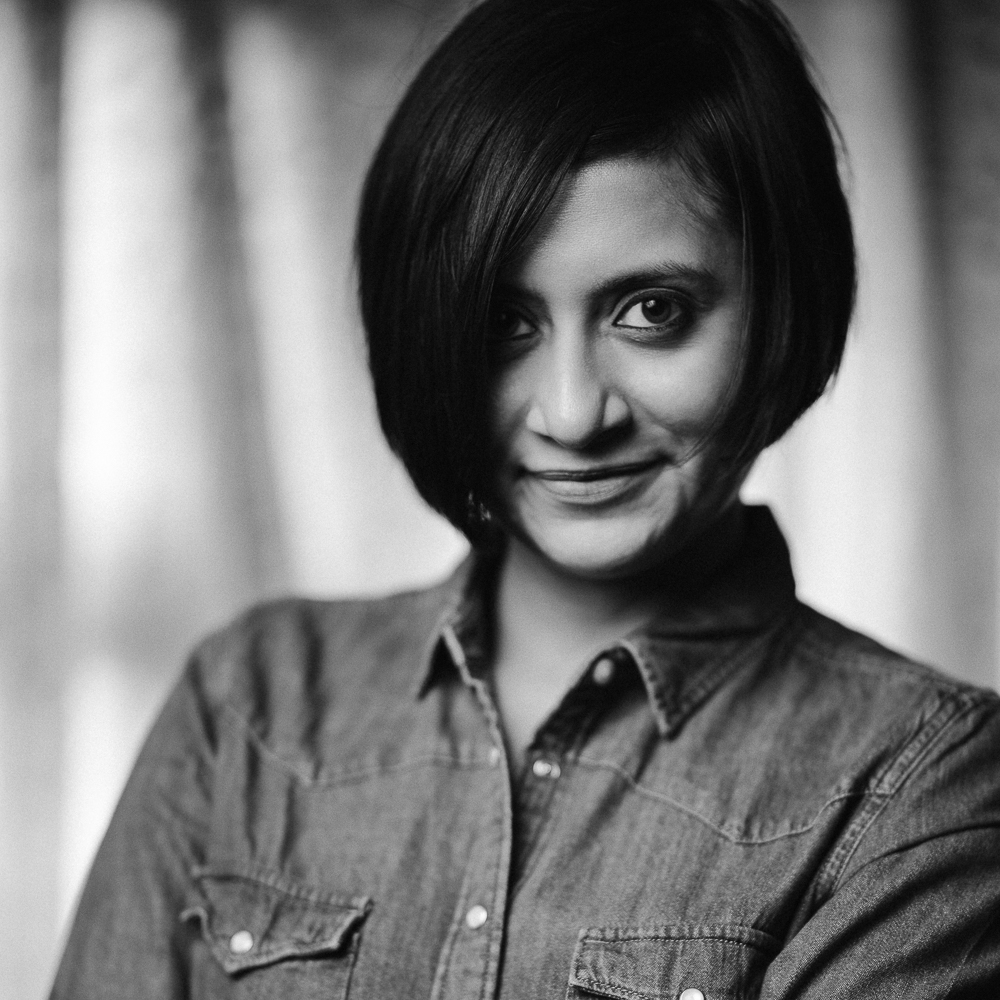
After my graduate studies, I wanted to further pursue studies in architecture, and Cornell University was my pick. It is one of the best architecture education institutions in the world and who wouldn’t eye for it. That gelled with the notion of settling down in the USA (as you know all Gujarati [referred to people from the state of Gujarat] are famous for). Cornell was an eye-opener as it was then that I realized how inclined I was towards architectural journalism, documentation, and research as compared to practicing it, the pedagogy there being more theory-oriented too.
As a part of our architecture course at Cornell, we had a 10-day field trip to Moscow. Upon return, one of the professors, who had a keen eye for photography, made an exhibition of the photos from our trip. When I visited the panel, I was starry-eyed as most of my photos were used and printed on larger-than-life canvas. Until then, I had never seen my pictures in a print format, and that amazed me. The following week, the editor of our newsletter wanted to feature one of my images as a double-page spread. I was shocked! Back then, it was not less than a dream to stare at the printed newsletter with my photo printed, chosen over my classmate’s photos shot on Leicas and Canon and Nikon DSLRs. At the time, I never realized that it wasn’t the device but the person behind it, with the finger on the shutter.
Upon my graduation from Cornell, I had the opportunity to spend six months in Chicago while working part-time and looking for a full-time job. In my spare time, I documented every famous architecture in that glorious city on the only camera I could afford, a Sony NEX 5. I abused that camera every day while I was on a mission to capture every corner of the city (Secretly, I am thankful I didn’t own an iPhone back then). I lived through the aphorism that practice makes perfect. With each day, I improved, and my compositions kept getting better. But this is not where it all started.
After my marriage, I moved to Ahmedabad and started eyeing for interior design projects. It so happened during that time that while accompanying my husband (Ravi Mistry) on his photoshoots (be it weddings or fashion or commercial), it just hit us that this is something that excited me. It was at this time that a few college friends gave me my first break at documenting their architectural projects, and that is what got the ball rolling. One project led to another; many of those initial projects got acclamations and were published widely. And after that, I never looked back.
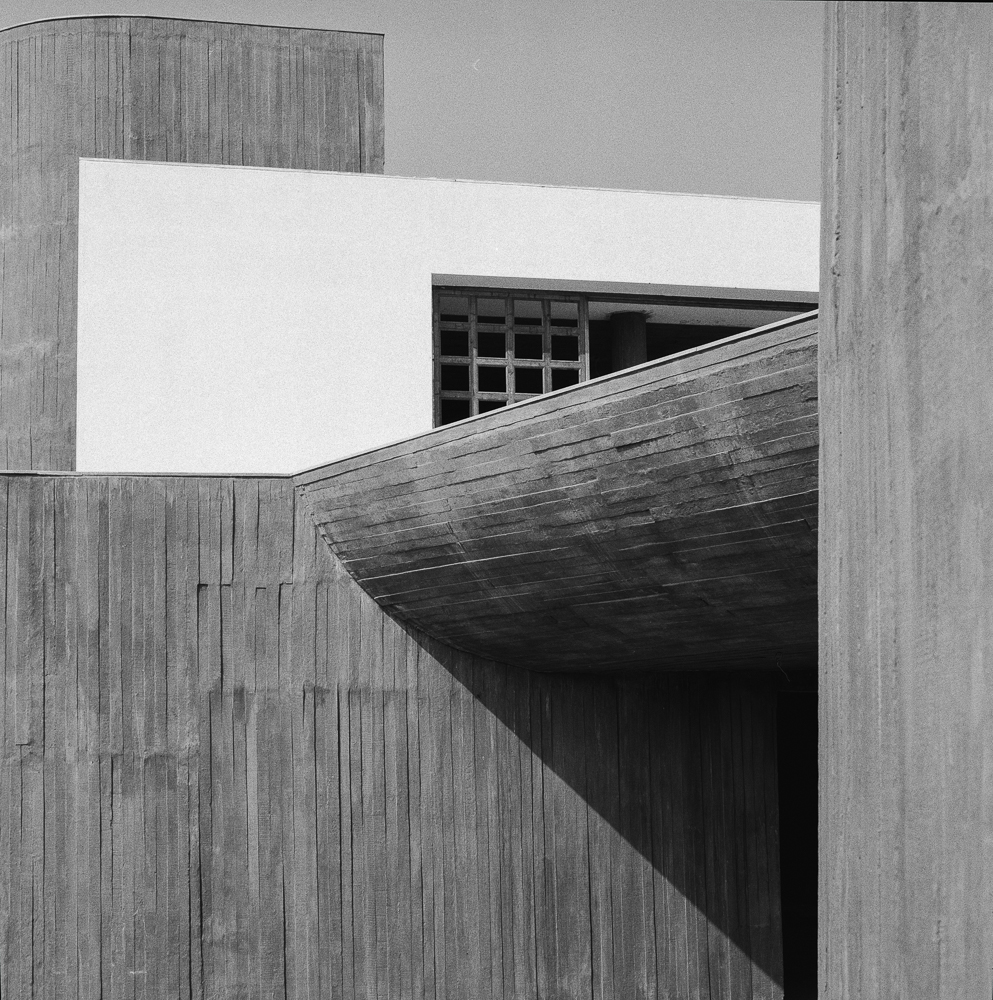

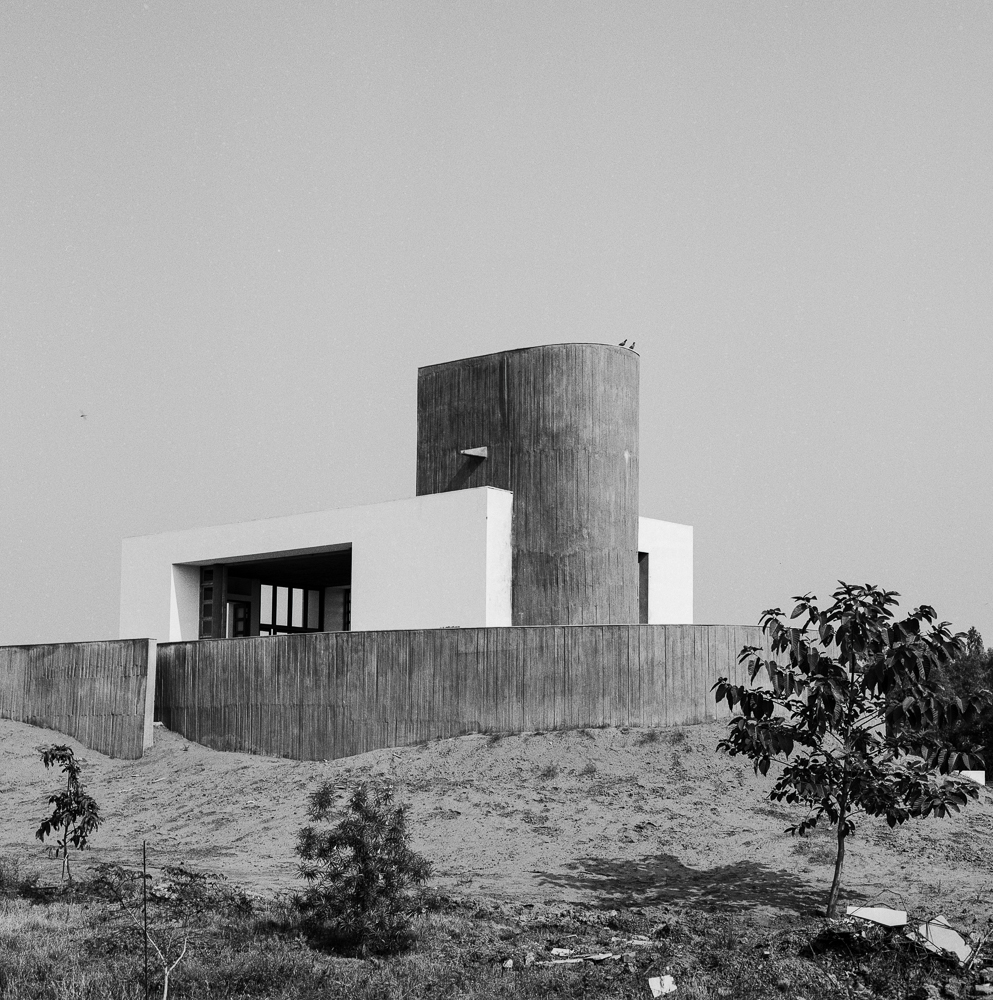
Your husband is also a photographer and an educator; what role did he play in helping you make the transition into photography?
Ravi, my husband, is the one who saw it in me and gave me that nudge into photography. He is my mentor, teacher, assistant, and biggest champion all rolled into one. It is great to have someone you live with who always has your back and at the same time is your best critic. He is a constant learner and a very dedicated and focused photographer as well as an educator. He understood that I love architecture more than anything else and hence has helped me stick to just one genre of photography and outshine myself with each photoshoot.
He not only taught me the essential photography skills and post-production techniques that I needed to excel in the profession but also gives me business guidance, which is where I see most people around me fail. They forget that this is ultimately a creative business nonetheless, and you have to be professional enough to set your terms and conditions right and stick to it no matter what.
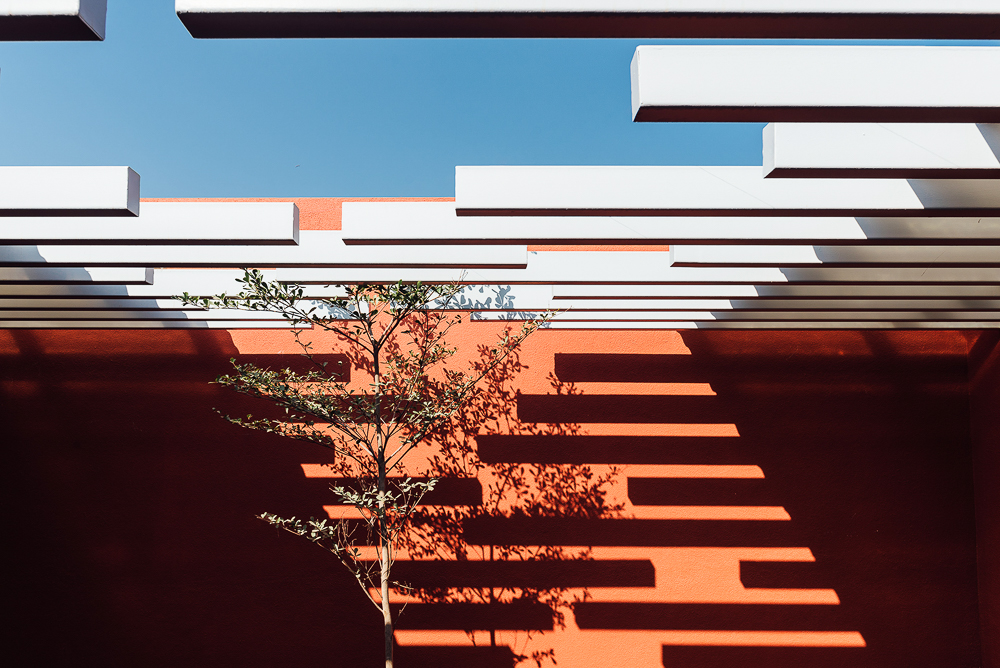
On the one hand, I am using a digital mirrorless to document architecture, and then on the other hand, and I am using my Lomography cameras for creative experimentations like multi exposures, cross processing, making my own redscale, cooking the film, film swaps with strangers across the globe. Lomography helped me early on with understanding the bare basics of how a camera works.
With Lomography on one end and high-end architectural photography on the other, I switch between the dichotomy of lo-fi, blurry and extra sharp, everything-in-focus photos very smoothly. One always influences the other but are, at times, exclusive.
Not having an academic background in photography makes me always feel like an outsider, who is always trying to keep up with the task of working on projects and learning on the go simultaneously. It is a constant process to keep striving to achieve that look by solving one problem after the other, be it about composition, focal lengths, lighting, post-production, etc. Architectural photography came very naturally to me, but interiors were a different ball game altogether. It has taken a considerable number of hours of practice to get where I am in this game, and it is still just the beginning. My desired language for photography has slowly evolved after a lot of hits and misses and pointers from clients who understand and long for that similar language in photography.
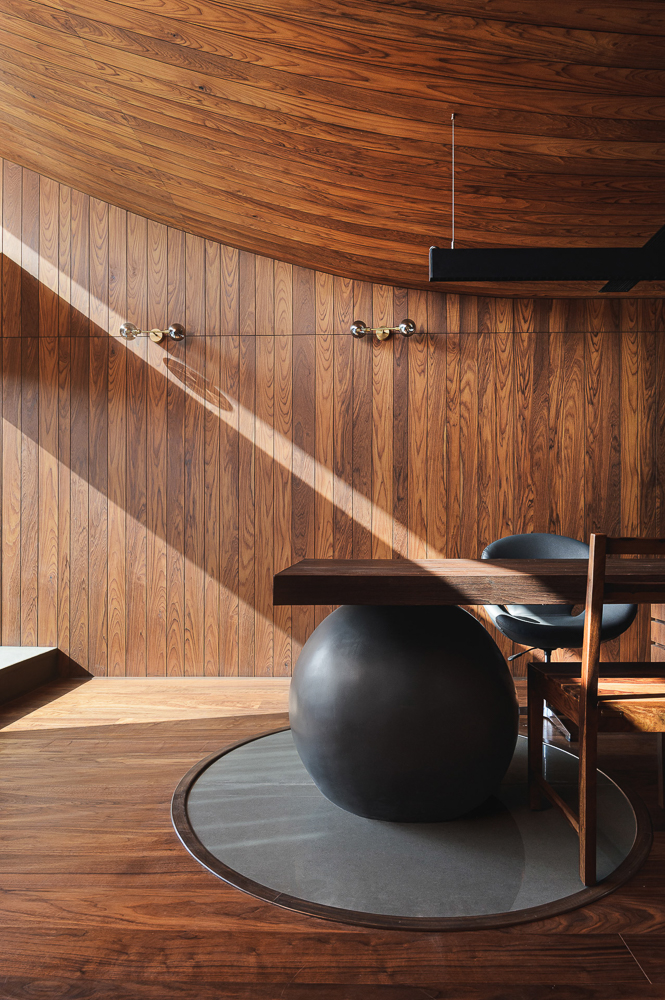
No one teaches you that patience is the key and most crucial aspect while photographing both architecture and interiors. Honestly, it dawned on me in phases over the years, patiently waiting for the right light, to style the space, ensure everything was perfect in the shot before moving on to the next one. It’s a slow, tedious process that is detail-oriented and that took a while to understand.
It is not long before since people have realised that art can pay bills if you go through the right channels and make a niche for yourself. There have been professions popping up which until now were not even considered a viable financially-independent career like textile designers, boutique jewellery designers, ceramic artists, stylists, calligraphy artists, etc.
Because of this awareness, more women with an artistic bone in them are becoming budding entrepreneurs. Some of them are even taking their homegrown business to some international platforms, thanks to publications and social media and events/trade shows. If you are damn good at what you do, success will find you eventually, no matter what career.
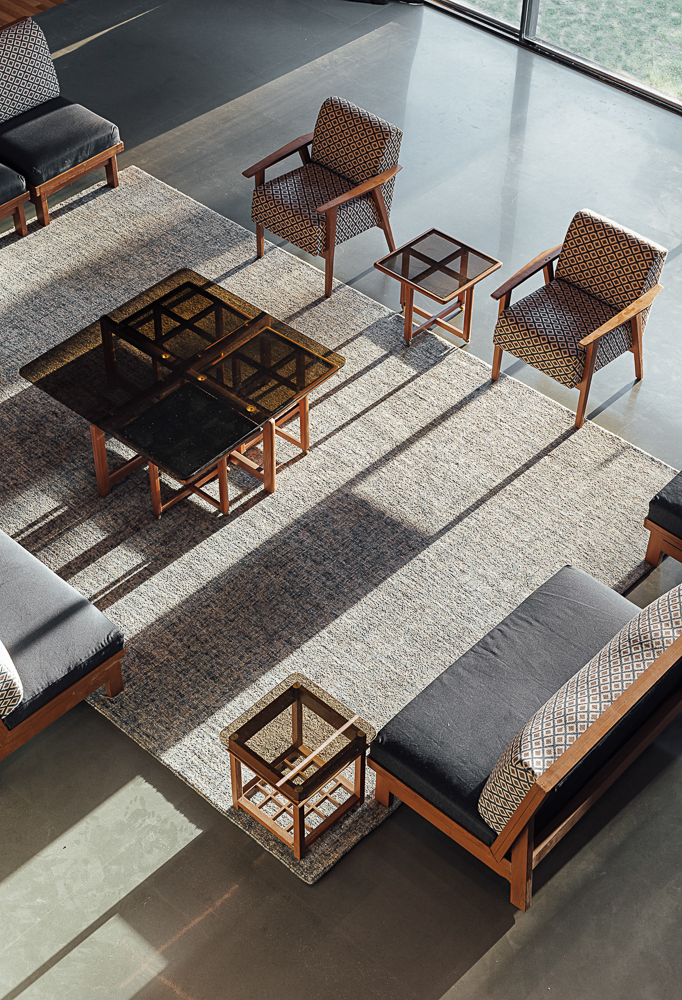
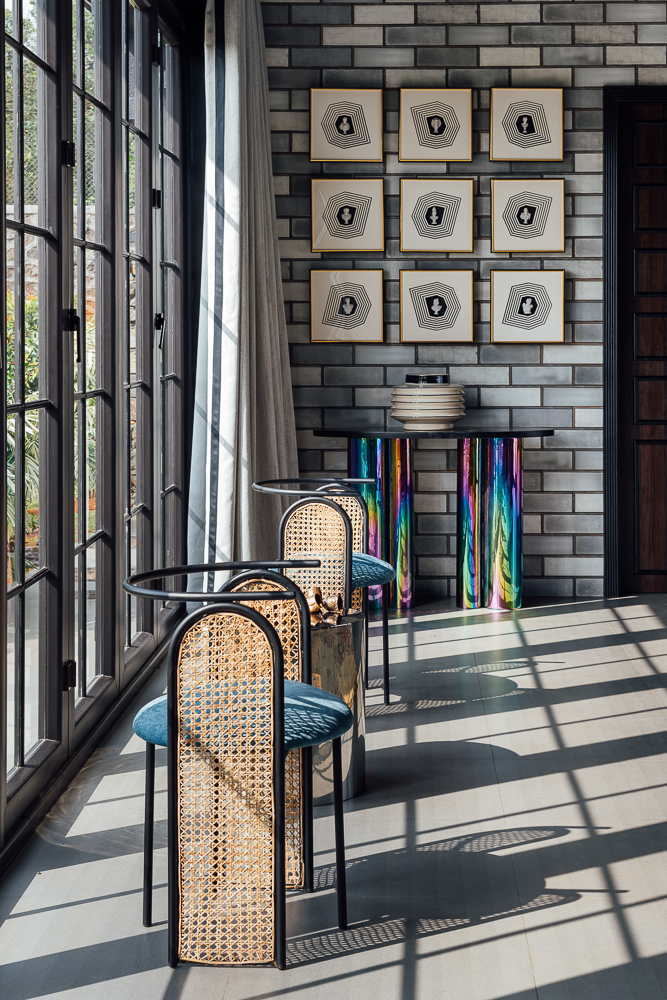

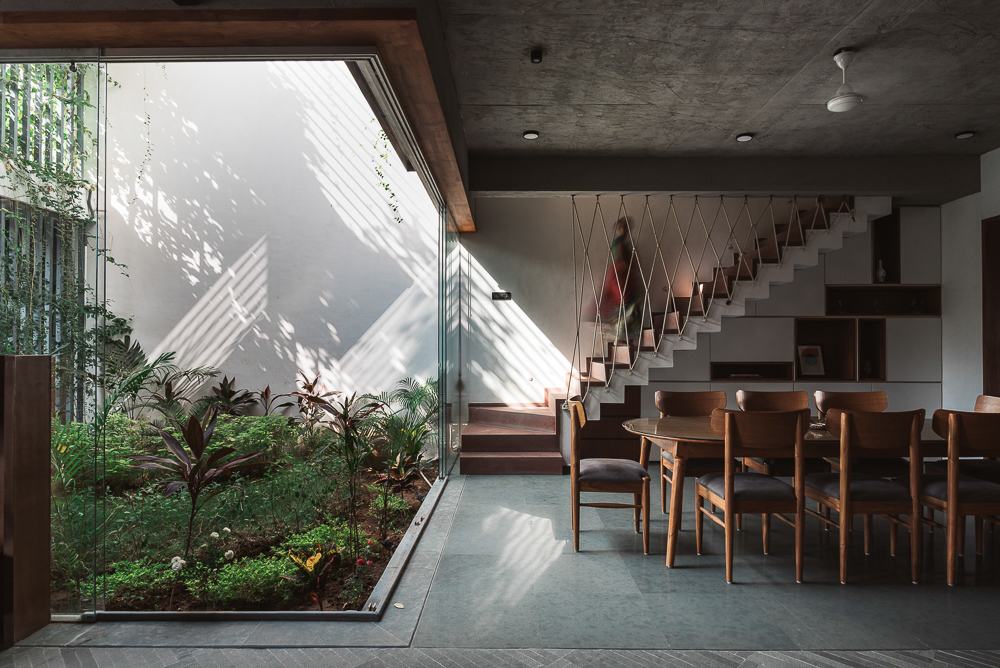
You and I both have had a very Eastern upbringing and typical parents tend to be very guarded on your career choices. How did you manage their expectations when you chose the route of photography as a career as parents tend to be mindful of the starving artist mentality?
I wouldn’t deny a little bit of uncertainty on my parents’ part at the beginning. There were many lull moments at the beginning after which my career shifted its speed to third-and-fourth gear. Projects started pouring in through social media from across the country, and that’s when my family sort of accepted photography as my new career path which had come in quite late in life by Gujarati standards. Long stretched shoots, rampant travel plans, waking up at 3 am to catch flights to god-knows-where gave them the idea of the level of passion, pragmatic approach, and commitment I had for my work.
With Architectural or Interiors Photography, the one-point perspective is one of the default composition schemes. How did you develop/refine your editorial look over the years?
There is a general tendency to lean into the designer’s need to showcase everything they have built into one photo. But I try to approach interior photography from a different perspective. The aim here is to navigate my way through that and capture the ambiance through the intangible and create an appropriate mood and sensory experience. There is no need to capture corners that hadn’t been paid attention to while designing and half of my job is to explain that to the designer.
Interior photography can become very prosaic if you do not grasp the fact that composition is as much about negative space than the spatial arrangement of the physical elements of the space. My focus is to accentuate the intimacy and the ethos of the space by bringing out the emotions through my unique photographic language and aesthetics. Ultimately that’s what speaks volumes about the design concepts and produces more fine art photos, than just capturing the lines and forms.
For photographic references, Instagram is my go-to platform. Although most of the references we see are from the western countries and therefore not always possible to adhere to those techniques in our projects, so we take it with a pinch of salt. Nonetheless, my biggest takeaway is how light, natural and strobes, make or break the photo.
Recently I have been turning towards Joe Fletcher, Casey Dunn, Simone Bossi, and Derek Swalwell for much inspiration. But for me, every project that I work on and the ingenuity and creativity attached to it gives me that kick and is indeed my true inspiration.
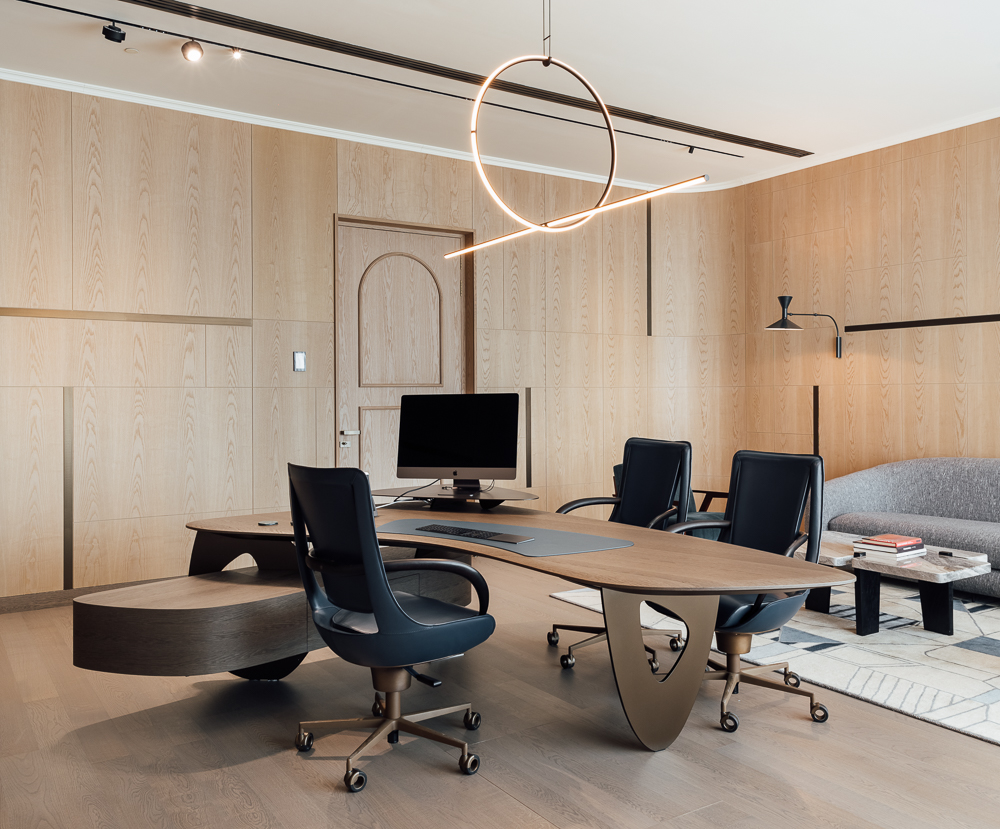
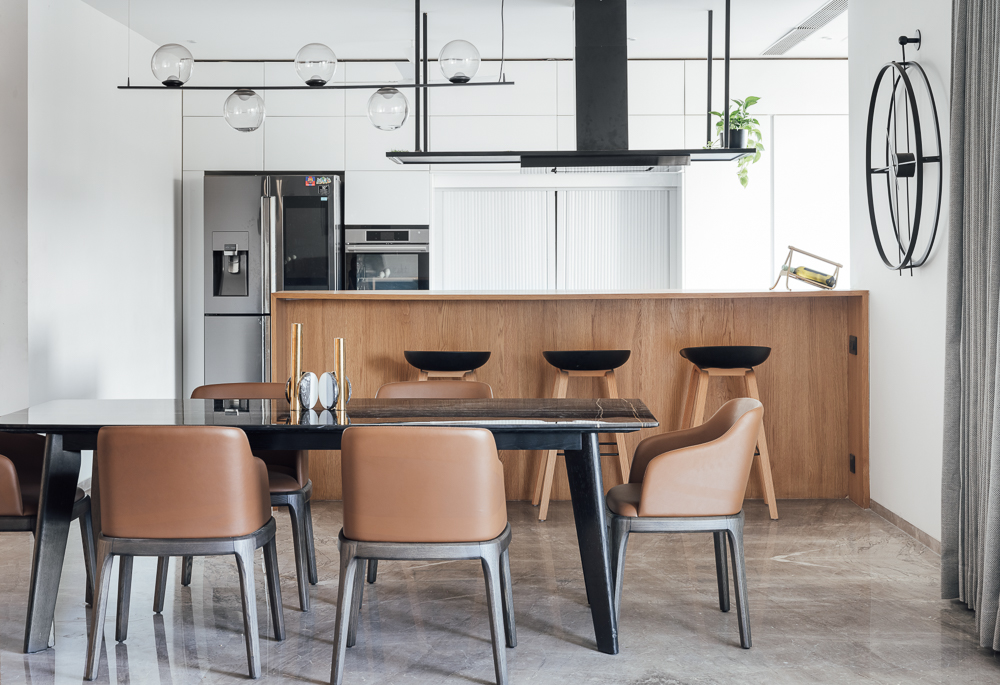
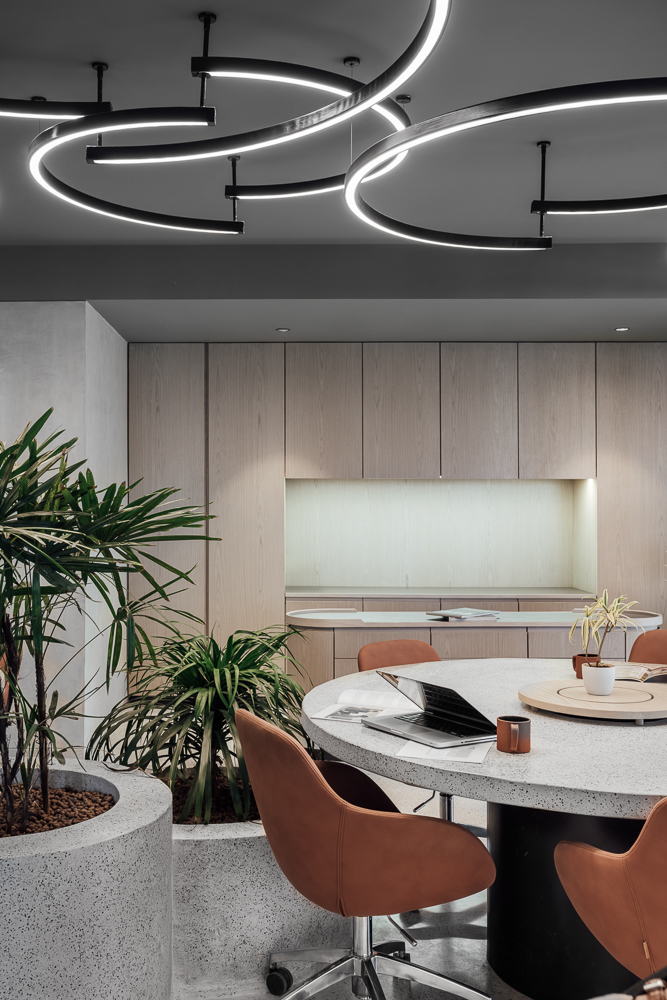
You have been photographing a lot of projects outside the state of Gujarat and into major cities like New Delhi and Mumbai. How do you manage to photograph these residential projects without having the opportunity to visit well before the shoot? Also with the traveling you do, how do you balance your time to avoid burning out?
I believe doing site visits restricts your mind, and sometimes one gets caught up in predetermined frames which limits creativity. Instead, I let the site surprise and influence me. However, I do ask the clients to share floor plans just to get an idea of the space and where the light will be coming from.
My rule is straightforward: follow the light east to west as the day progresses. I am a sucker for harsh light flooding into the interiors and capturing that as it transitions through the various spaces throughout the day. Luckily, this ideology has worked well for me and has given me some astounding results.
Talking about hectic travel plans, I break for at least 3-4 days after non-stop traveling, to unwind and recover on my backlog of editing. However, editing has its own pressures and is no leisure. You have to have enough passion for being able to wake up each day with the same excitement, or you can wear out quickly.
The lockdown has been a blessing in disguise because a few months prior, I had been working non-stop and was almost on the verge of burning out. The break has been excellent in terms of taking things slowly and giving myself time to work on my lighting and post-production techniques.
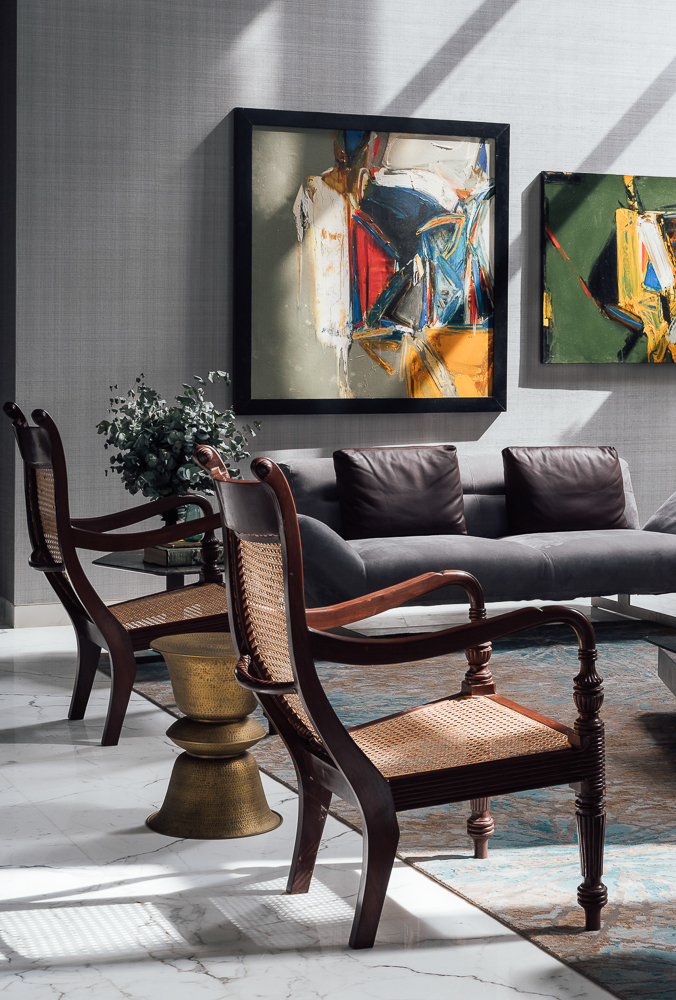
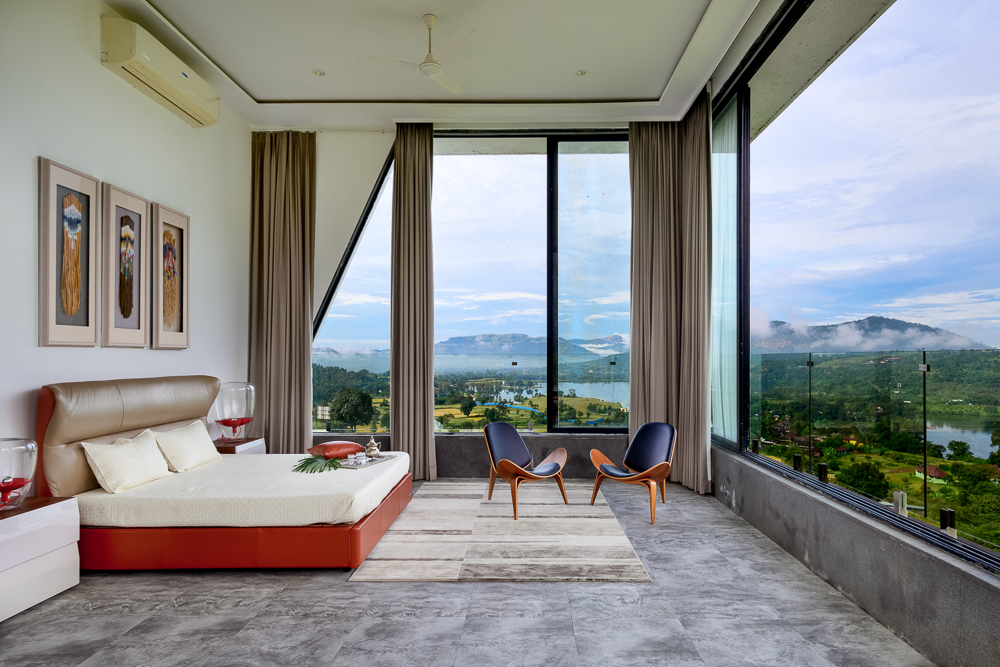
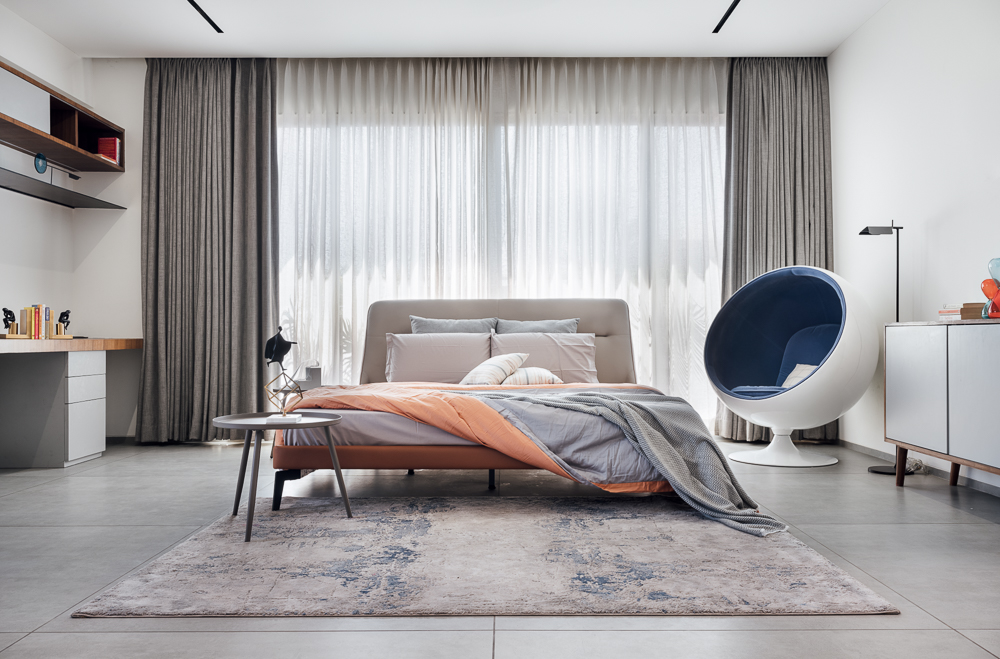
In your opinion, what is the allure for Indian architects/interior designers in commissioning western photographers (Europe/UK) for projects in India?
That’s a tough one. It seems to me to be all about wanting attention from the European design world and publications. The photographers have tie-ups with these publications and offer the designers in India to get them published in Europe, and that appeals to the designers. Generally, the architects are always looking at European architecture for inspiration and in turn, striving for recognition by their European peers. There is a correlation between architects and their photographer’s shot to fame, hence hiring a photographer who they believe can make them well-known is a step forward for them. It does not necessarily seem to be about the outcome (i.e. good photos) for them.
Culturally, Indians have an attraction towards foreigners, irrespective of the quality of the work. They believe that a foreigner is better than an Indian at any job. We need to learn from the Japanese about how to look inwards and be proud of our people.
Only in recent years are we seeing a rise of people in India demanding for things made in India, appreciating local artists and their products. Hopefully, the architects will realize that there are many talented photographers locally who could benefit from the opportunity to document good projects and who are, in fact, very good at what they do.
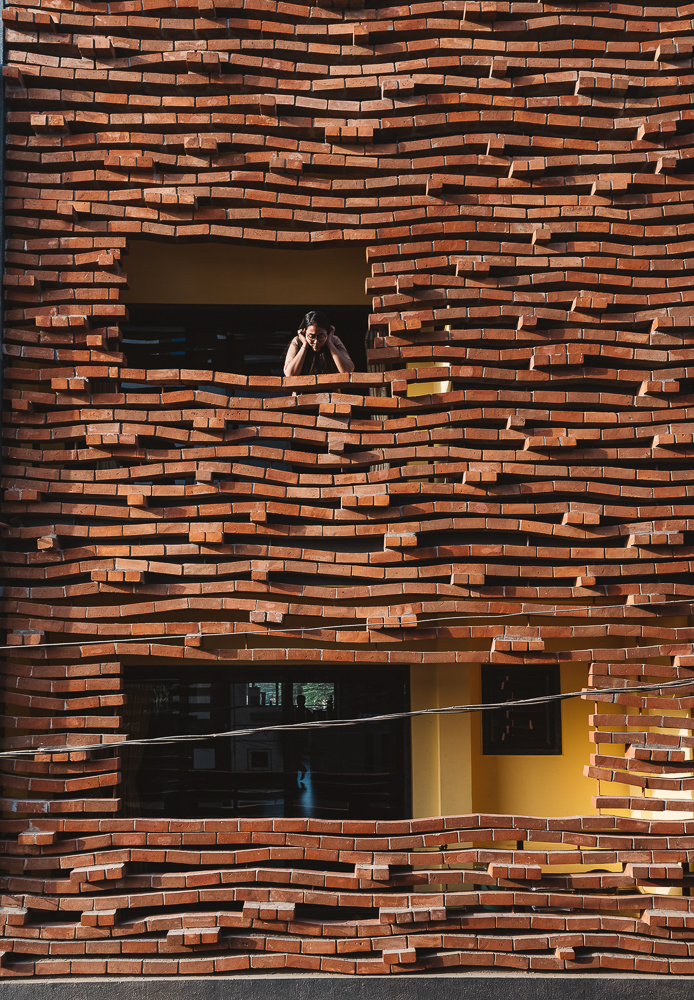

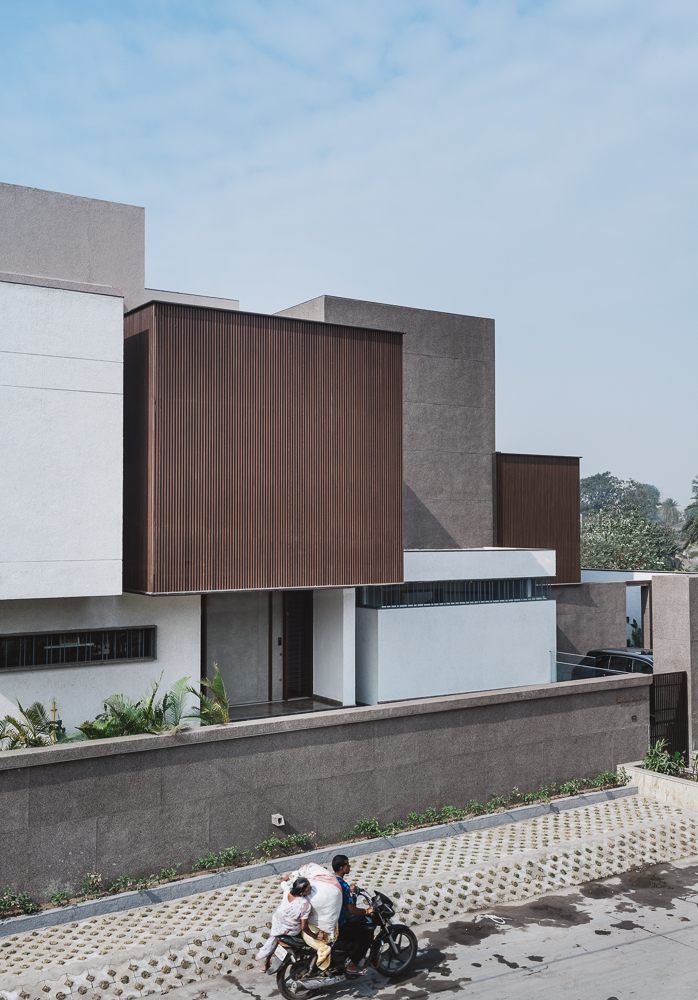
Aside from Chandigarh, do you have any recommendations for prominent architectural buildings or cities/towns/sites to visit in India?
Ahmedabad, of course, which has architecture by Louis Kahn, Le Corbusier, Ray and Charles Eames, B.V.Doshi, Charles Correa, and Hasmukhbhai Patel, to name a few.
In Jaipur, there is Charles Correa’s Jawahar Kala Kendra, which is one of my all-time favourites and a must-visit for all who are architecturally inclined. All of his works are a must-visit. The Bihar Museum in Patna by Maki And Associates and Opolis is on top of my list right now.
One of the most interesting places to visit is Auroville. It is an experimental township just north of Pondicherry, built on the vision of Sri Aurobindo, where the community has revolutionized architecture which is eco-friendly, climate-responsive, experimenting with basic building materials and technology and being one with nature.
Lastly, is there an architect you really want to photograph for and if so who and which of their projects resonates with you?
Off the top of my head, I would love to collaborate with: Opolis Architects, Studio VDGA, Studio Mumbai, and Collective Project, to name a few in India. A project like the Palmyra House by Studio Mumbai would be a dream project, with it’s response to context and form.
Given a choice, I would overwhelmingly jump at the opportunity to document the works of Palinda Kannangara in Sri Lanka and Nishizawa Architects in Vietnam. There are a lot of amazing projects coming up in those two countries that would be right up, my ally. They have redefined the language of tropical and regional architecture, and that excites me!
If you want to see more of Ishita’s work then you can visit her website and you can also follow her on Instagram.
